The Making of a Temple State and What We have Done to Deserve It
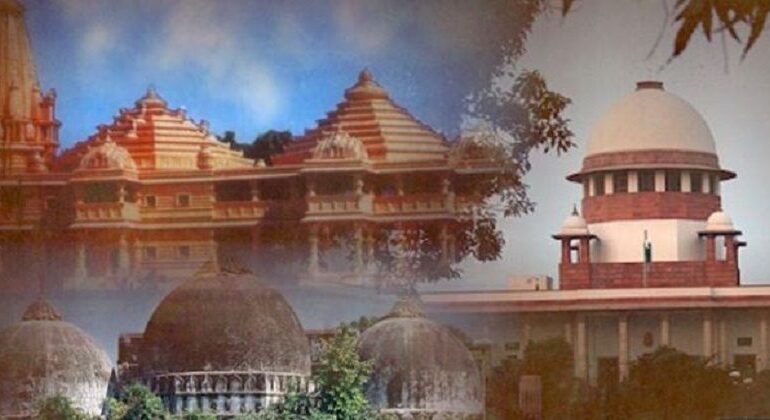
A message about the Ram Mandir celebration popped up on my WhatsApp messages today from a BJP-Bajrang Dal member, who catapulted to fame in the district of Shamli in Uttar Pradesh, for whipping a Muslim nearly to death. The Muslim who was beaten had allegedly stolen a calf to sell as meat. The whipping was of course a public performance, done to scale with a fawning Hindu audience. That same man who I will not name only so he does not draw more mileage from this, sent out a message saying that in honour of the celebration of the Ram Mandir at Ayodhya, the district administration is hereby instructed to close all meat and liquor shops on that day.
From a celebration of Hindus to a ‘national mandir,’ there is theatrics at play that we must not miss. What pray is a national temple? Do we have a national mosque or was that destroyed on the 6th of December 1992, in order to pave the way for the rule of the mob? Why is every district administration making rules and being given instructions as if the celebration is intertwined with statecraft?
This is the morphing of religion with state that the bigoted media is amplifying and the secular media glossing over.
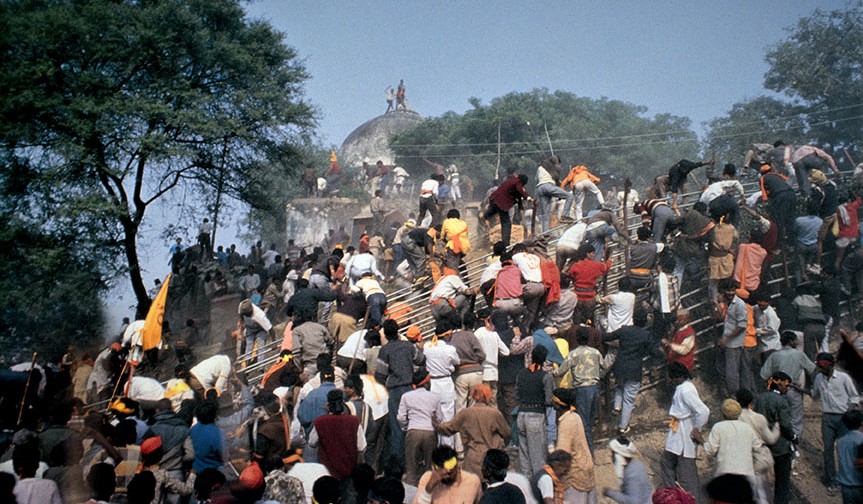
Behind this 22-year-old papering over the history of hate is another big black hole in our politics that has brought us to this disturbing moment. We think ultra-nationalism is a big problem without looking at the second part of this hyphenated word – nationalism. We think that if we just counter the idea of religious nationalism and identity with a secular Indian-ness, we have an ideological counter. And all we need to do is spread it around better. That however is where we have failed to look at the real shape and size of the problem.
For proper answers, I suggest we take a look beyond India, at ultra-nationalisms everywhere. And that will allow us to see. Let’s look at America, poised at the nightmarish possibility of a second innings for Trump. Or at the new Argentinian President Javier Milei who dressed in super-hero costumes and went around campaigning with a chainsaw to ‘cut corruption.’ Why is there a turn towards the far right around the world, even in countries that did not go through a Partition or a Mandir movement? The answer is not in the word ultra but in nationalism. We have been looking at the wrong part of the word all along.
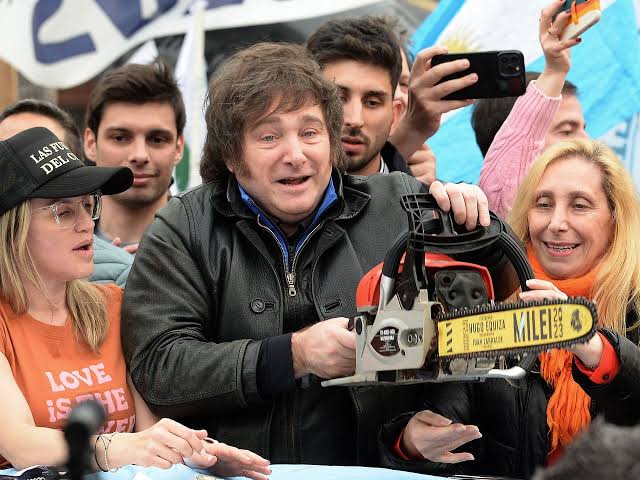
Since the destruction of the Babri Masjid in December 1992, we have been distracted by the histrionics of the far right and not looked at our own part in this game. The problem is much deeper than the extreme expression of nationalism as a homogenous religious majoritarianism. The problem is in our failure to look at the word nationalism itself as a homogenizing project, where all we have in terms of manoeuvring space is to say we have greater or lower levels of tolerance of difference than the next person. If we say we are okay with accommodating difference, that we would be fine if Sonia Gandhi as an Indian citizen but of Italian birth became our Prime Minister the same way as Rishi Sunak is the Prime Minister of UK, I would like us to take our imagination a lot farther. Would we be able to imagine an Eskimo as the Prime Minister of the Netherlands or a Japanese looking person as the Prime Minister of Nigeria? If anyone with any sort of face and ethnicity can govern any country then what is nationalism? And if there is a limit to who can govern what place then it’s because nationalism by definition is the politics of ethnic inclusion and exclusion to one degree or another.
If we get our definition of nationalism and by extension democracy and freedom from the West, then the problem lies right there. If the West is such an inclusive social construct, why did Europe send Polish and Russian and French and English Jews of these respective nationalities to Palestinian territories after World War 2, to form the nation of Israel? This is a question the political scientist Mahmood Mamdani asks in his seminal book – ‘Neither Settler nor Native.’ The answer he provides is equally chilling. His book reminds us that Western Europe was antisemitic and therefore wanted Jews to be housed elsewhere, out of sight of the Western/Christian world. In other words, there could not be a conception of a post World War 2 Poland or France composed of Christians, Jews, Muslims, Moors and other religions. The place for Jews was elsewhere and as Europe is increasingly showing us, the place for Muslims, Romas, Armenians, all sorts of ‘different’ people is also elsewhere. Nationalism meant ethnic and religious sameness in Europe. If you were different, please go to Israel.

If we want to ‘un-Babri’ our lives, we have to deal with the big rock we’re sitting under – nationalism. Who are we? Aryan? Dravidian? Mughal? Mixed? How mixed? Can we mainstream people from Manipur and Arunachal with ethnicities that go back to Burmese and other East Asian racial types? Can we mainstream the Siddis that are of African descent? Who is Indian? Who gets left out? There’s much light that’s been shone on these questions by the anthropologist who leads the way on these questions of difference, Arjun Appadurai. Writing soon after the destruction of the Babri mosque in India and the twin towers in America, Appadurai pointed out in his book ‘Fear of Small Numbers,’ that our globalised Islamophobia was the result of a displaced nationalism. When world markets had broken free from national boundaries, nationalism got frozen and confined to smaller spaces and that made the majority live in permanent fear of minorities that showed up as different and asked questions of who belonged and who did not. Belonging becomes a problem when everything is everywhere and nothing stands out as yours any more. When everyone has an iPhone and your neighbour in Delhi has the same holiday in Hungary as your business partner in London, then there is a greater need to underline your roots and point out what makes you YOU. And that’s when the ultras start to win.
Countering it is even harder in a world where social media makes even more mush of everything and spreads every idea and experience around as smoothly as butter. And so we turn more loudly and violently to our pet themes of us and them, we the mainstream and they the outcastes. And these little hysterical victories define us more and more.
How to un-Babri then? I wish I could say I was Lazarus born from the dead, the messiah with all the answers to our big conundrum. All I can say with some certainty is we have to look at the nationalism under the new national temple, and not just at the temple. Let’s cut the flashy saffron flags from sight and look at what we have held up underneath.
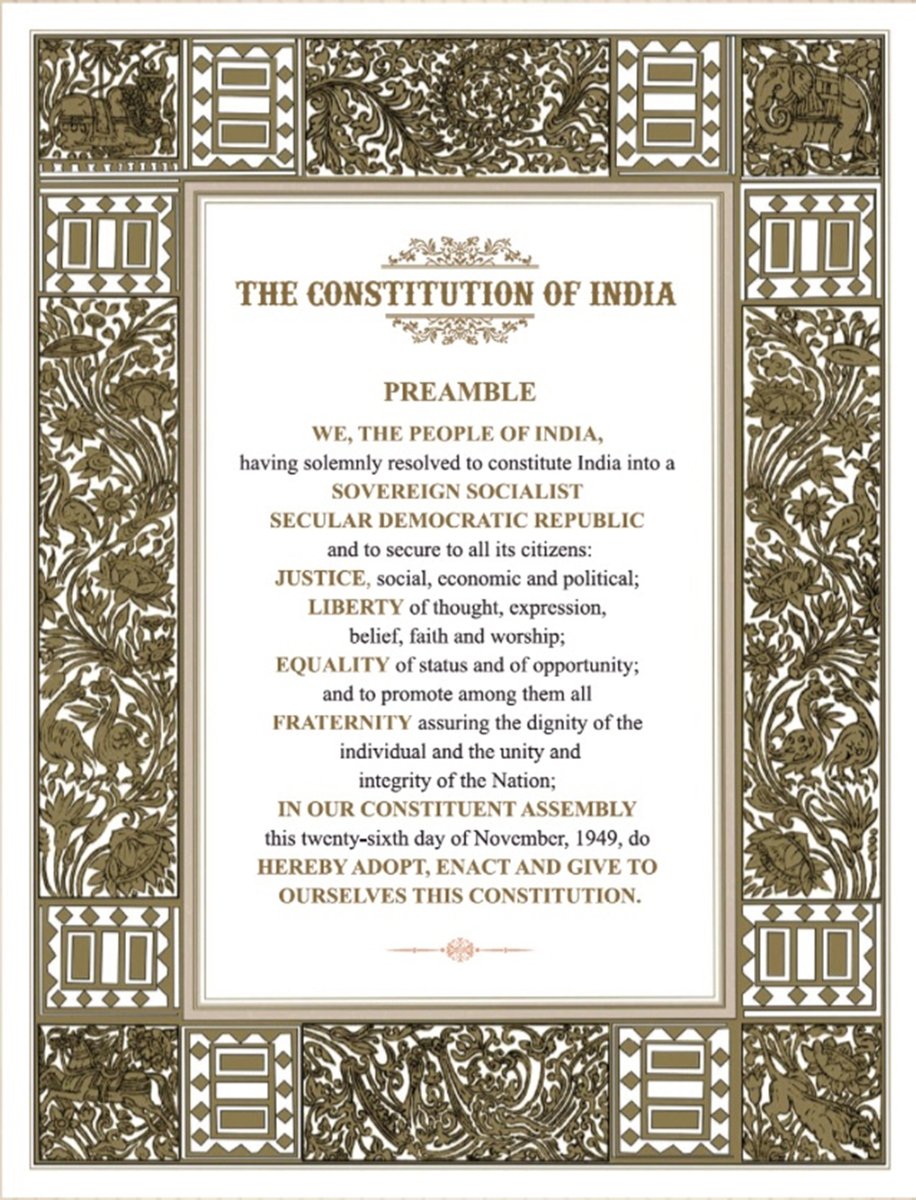
Is the alternative an internationalism? A universal socialism? Can we really imagine political collectives beyond the nation-state? Can we say that we are in territory Y, governed by person X, regardless of ethnicity and geography? Or is that the other extreme from nationalism? What identity can there be if not the confines of a state and its made-up history? Un-Babri-ing our gaze requires us to look here and think harder.
There is a Tamil Eelam that spans a diaspora from Norway to Canada to Sri Lanka and beyond. There are Chinese people everywhere. And Gujaratis from Uganda to New York. There are oppressed people’s solidarities which is another sort of identity building around the world – from the Trans to the Black to Dalits to Indigenous to women everywhere. We thought we had imagined a kind of country where difference was the unifier. Where every sort of racial and linguistic and religious type could co-exist but the politics of the Mandir has blown a hole through this imagination a very long time ago. Or on the flip side, this may be the smelting process we needed to go through to carve out a new metal. Are the Americas – both USA and Canada and more recently Brazil and Columbia, examples of multi-ethnic nations that have survived? Shabbily, grasping for existence against an evangelizing mono-culture and its mall-like churches that lean on the popular media for their proselytizing. But they’re finding their way and losing it and finding it again.

Maybe, we will face our extreme selves in order to swing back to the middle. And maybe, this is just a fictional physics I am presenting here because I don’t like looking at the idea of a national temple and a district telling people that it’s celebration must be universally proscribed by the prohibition of meat and alcohol. This would be not just the homogenizing of Hindu-ness over an Indian-ness. It would be homogenizing an upper-caste Hindu-ness over a nation of mostly meat-eating, alcohol consuming castes, tribes, genders and religions.
To receive updates on detailed analysis and in-depth interviews from The AIDEM, join our WhatsApp group. Click Here. To subscribe to us on YouTube, Click Here.



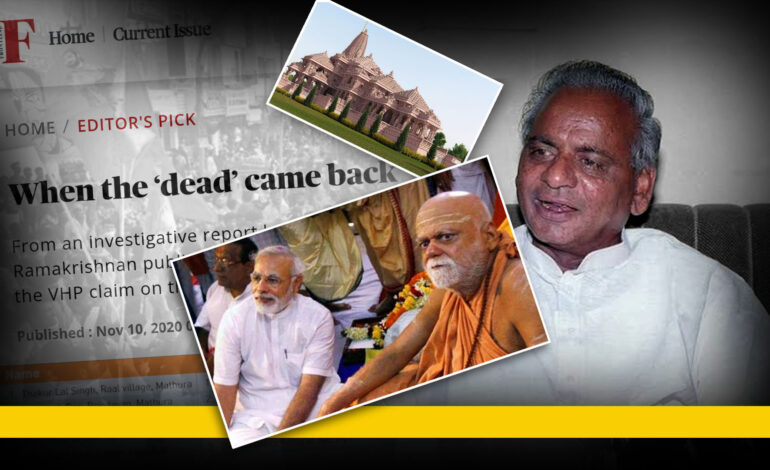

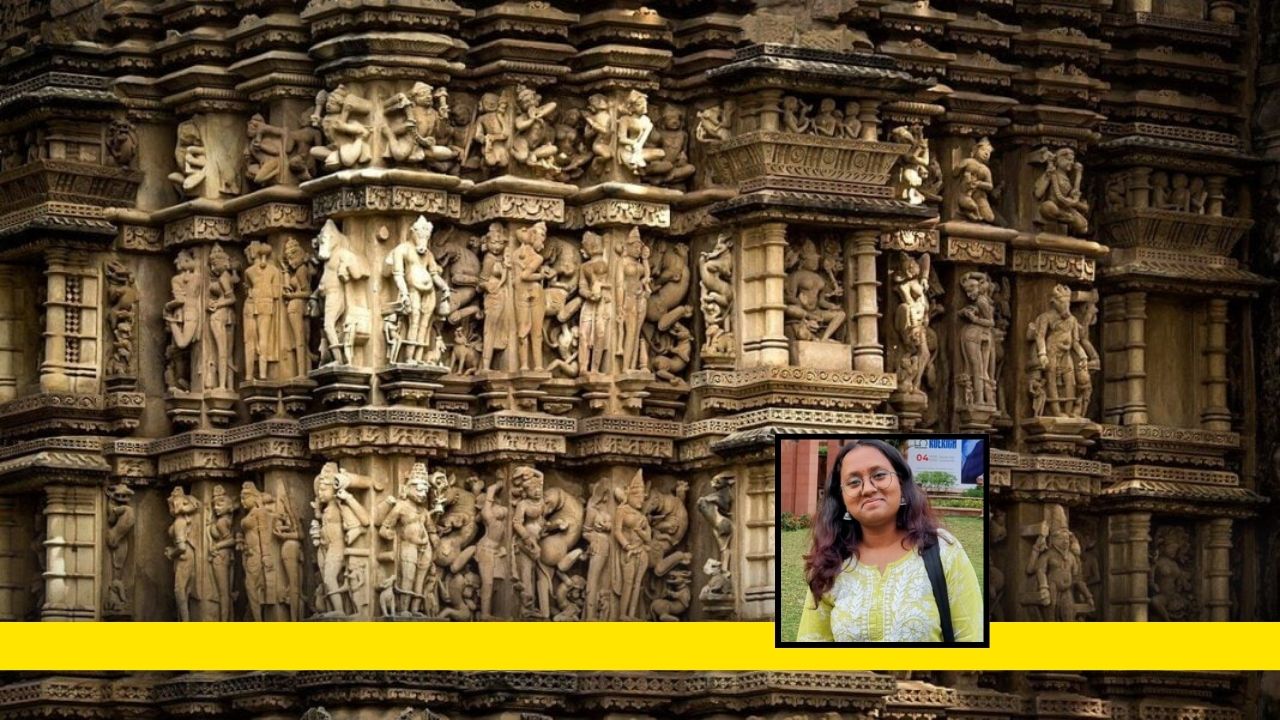
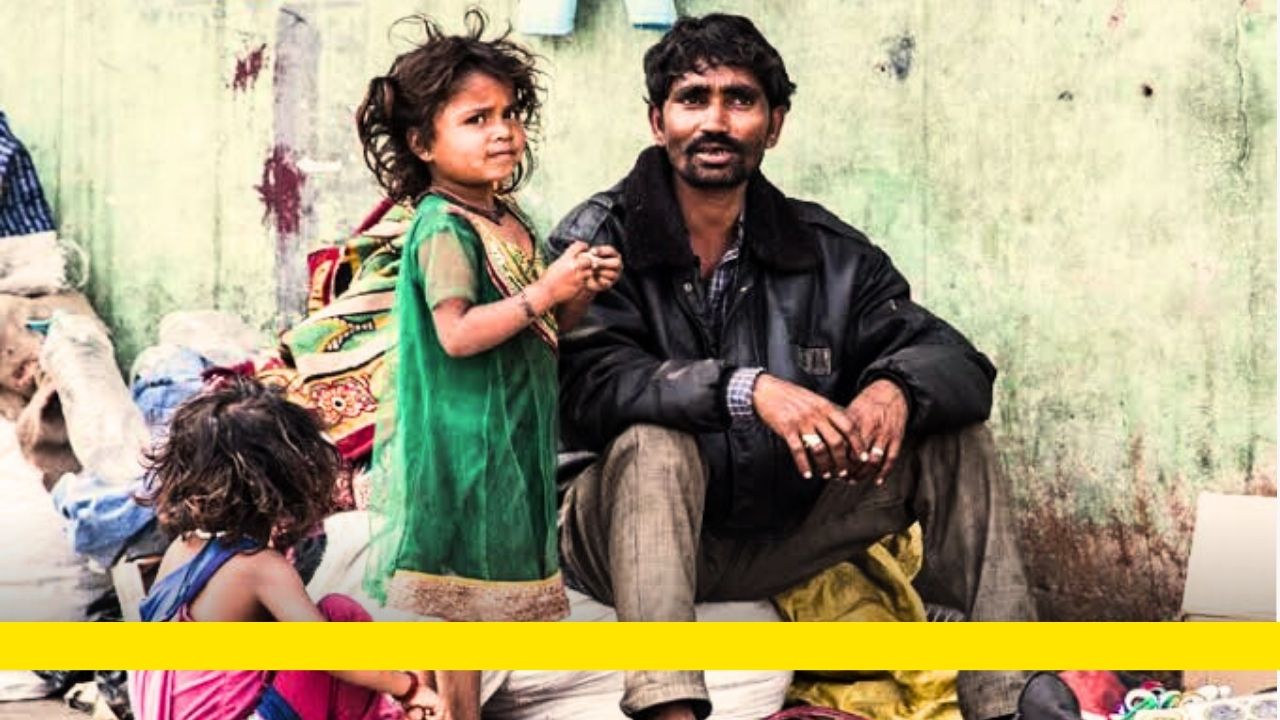
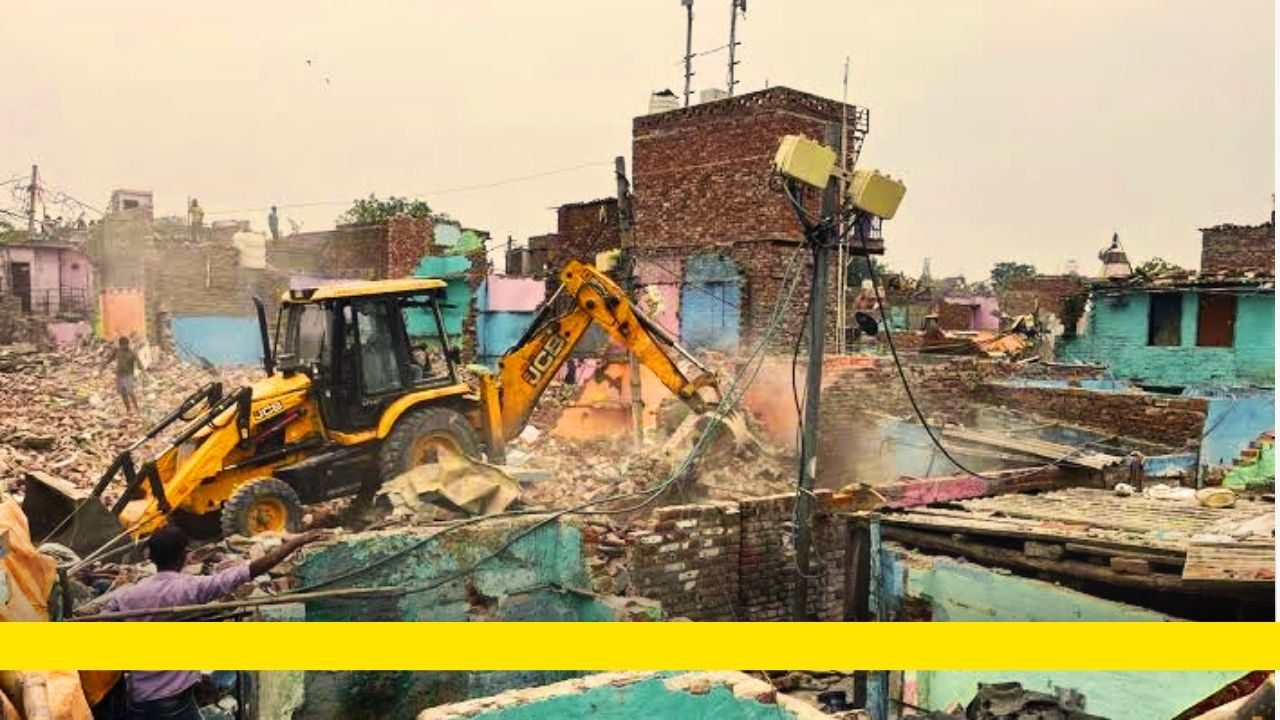
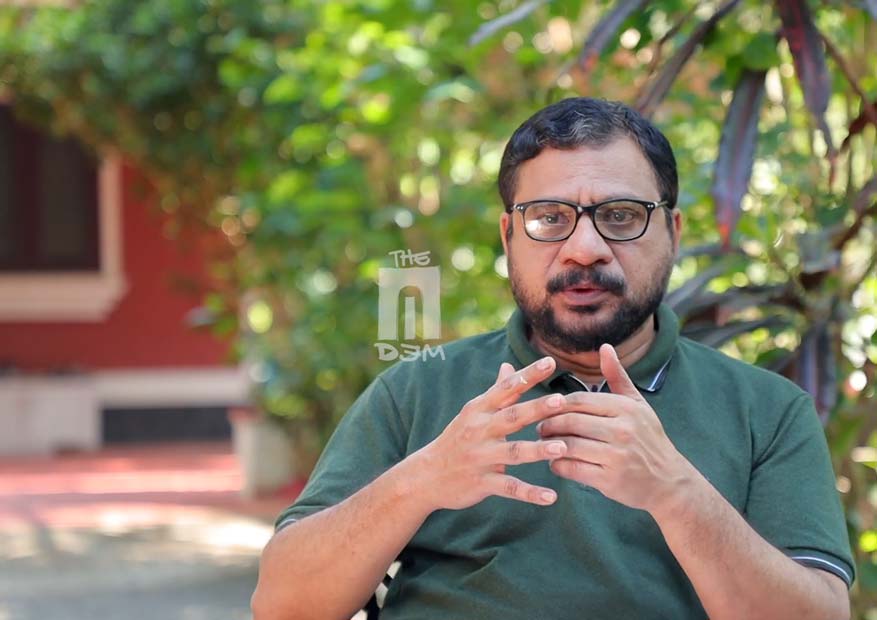
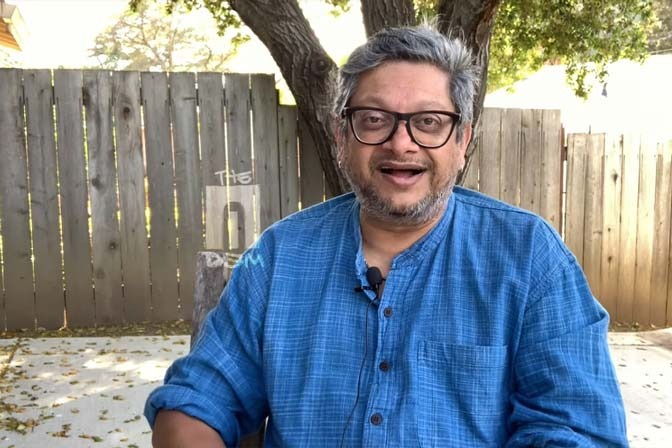
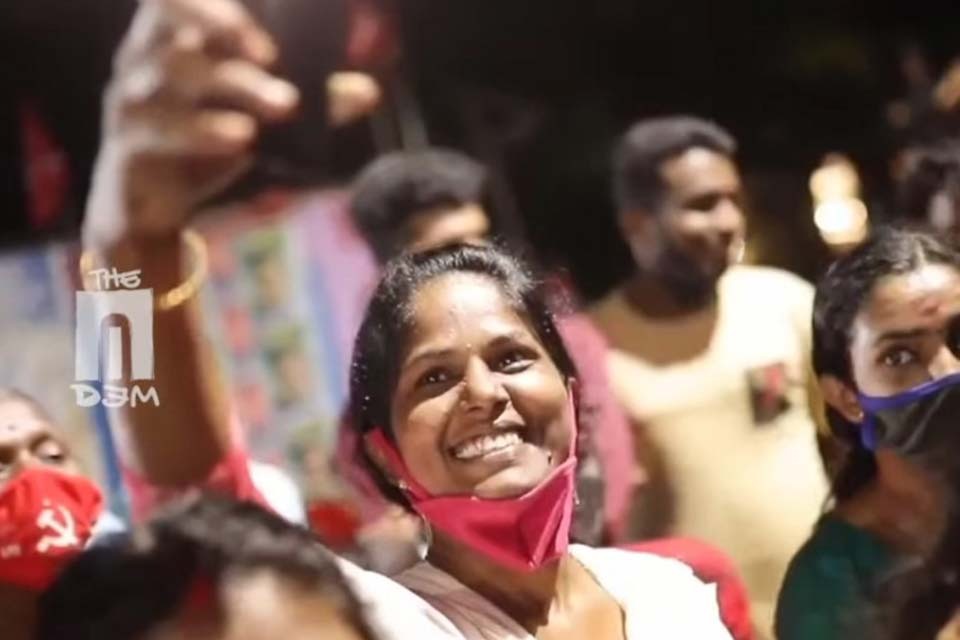

Terrific piece, Revati! Am honoured by your mention of my work. This is a timely invitation for us all to think about alternatives to nationalism as the governing ideology of our times. Likewise the distinction between benign Hinduism and bad Hindutva, and other similar slippery slopes.
Thank you for your infinite wisdom always Arjun. And for making time to read and comment here.